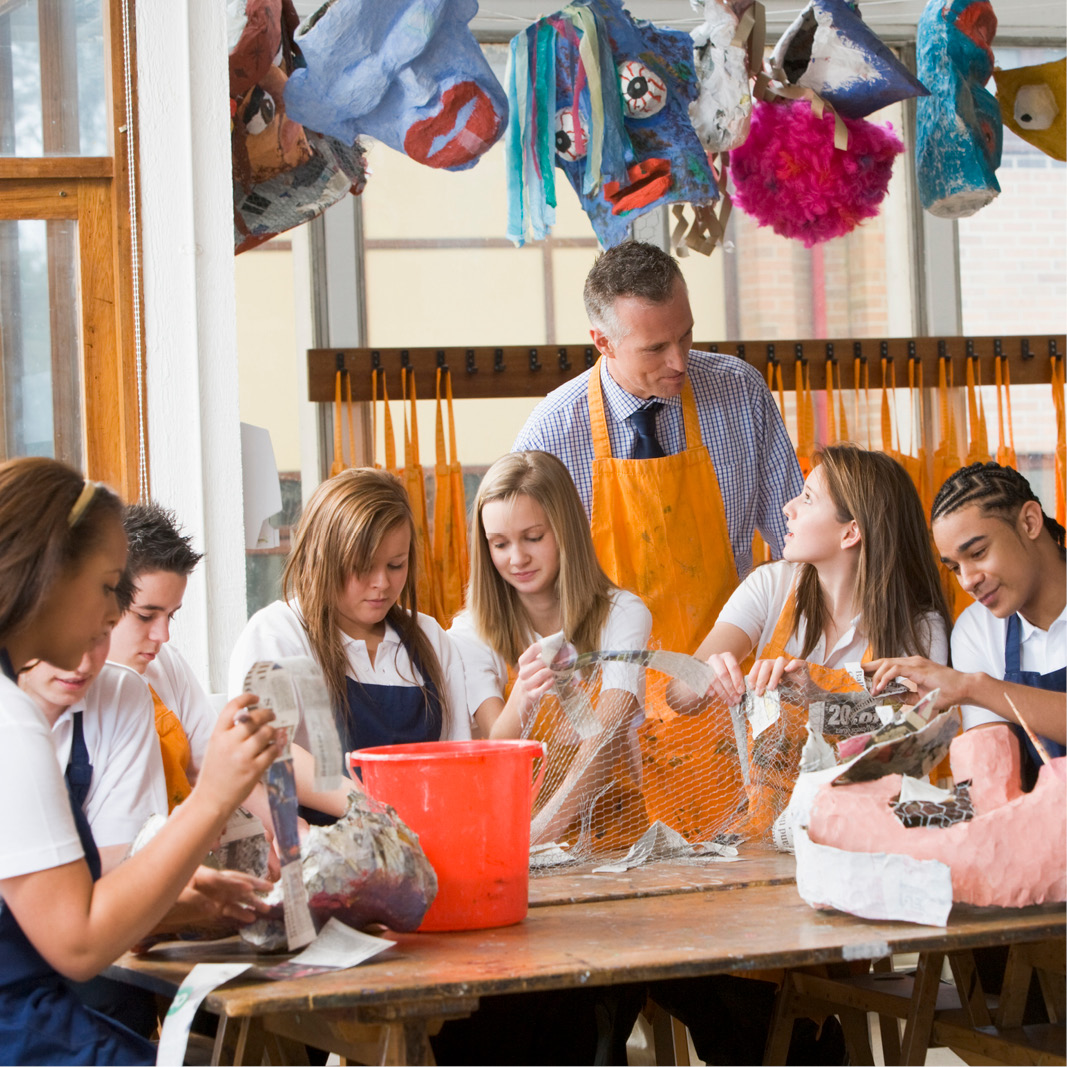The Importance of Art Education in UK Schools: Benefits & Careers

Art education is an essential part of a well-rounded education in the UK. It helps students to develop their creativity, problem-solving skills, and social and emotional skills. Art education also teaches students about different cultures and perspectives. Art supplies are essential for art education. Students need access to a variety of art supplies to create their own artwork and to learn about different art techniques.
Here are some of the specific benefits of art education for students:
- Creativity: Art education helps students to develop their creativity, which is an important skill for success in all areas of life. Creative people are able to think outside the box and come up with new and innovative solutions to problems.
- Problem-solving: Art education also helps students to develop their problem-solving skills. When students are engaged in art activities, they are constantly having to solve problems, such as how to mix colours to create a desired effect or how to use different materials to create a particular shape.
- Social and emotional skills: Art can be a powerful tool for self-expression and can also help students to develop empathy and understanding for others. When students share their artwork with each other, they are learning to communicate their ideas and feelings in a creative way.
- Cultural awareness: Art education teaches students about different cultures and perspectives. By studying art from different cultures, students can learn about different ways of life and gain a deeper understanding of the world around them.
In addition to these benefits, art education has also been shown to improve academic performance in other areas, such as maths and reading. This is because art education helps students to develop critical thinking skills and problem-solving skills, which are transferable to other subjects.
Art Education Careers
Art education can lead to a variety of careers including:
- Fine artist: Fine artists create original works of art, such as paintings, sculptures, and drawings. They may sell their work in galleries or online, or they may create works of art for specific clients.
- Graphic designer: Graphic designers create visual concepts, using computer software or by hand, to communicate ideas that inspire, inform, and captivate consumers. They develop the overall layout and production design of magazines, newspapers, and websites. They also create packaging, advertising, and other promotional materials.
- Illustrator: Illustrators create images that are used in books, magazines, newspapers, websites, and other publications. They may work with authors to develop the concept for the illustrations, or they may be given a brief by an editor or art director.
- Photographer: Photographers take pictures of people, places, and things. They may work for a newspaper or magazine, or they may be freelance photographers who sell their work to a variety of clients.
- Interior designer: Interior designers create the interior of buildings, including the layout, furniture, and décor. They may work on residential or commercial projects.
- Art teacher: Art teachers teach students about art and art techniques. They may work in primary schools, secondary schools, or further education colleges and universities.
- Art therapist: Art therapists use art to help people improve their mental and emotional health. They may work with people of all ages, including children, adults, and seniors.
In addition to these specific careers, art education can also lead to a variety of other careers in the creative industries, such as advertising, fashion, film and television, and video games. Art education can also be an asset for people who pursue careers in other fields, such as business, education, and healthcare.
You may also like one of our other blogs Creative Kits or Choosing the right paper for your art project.
